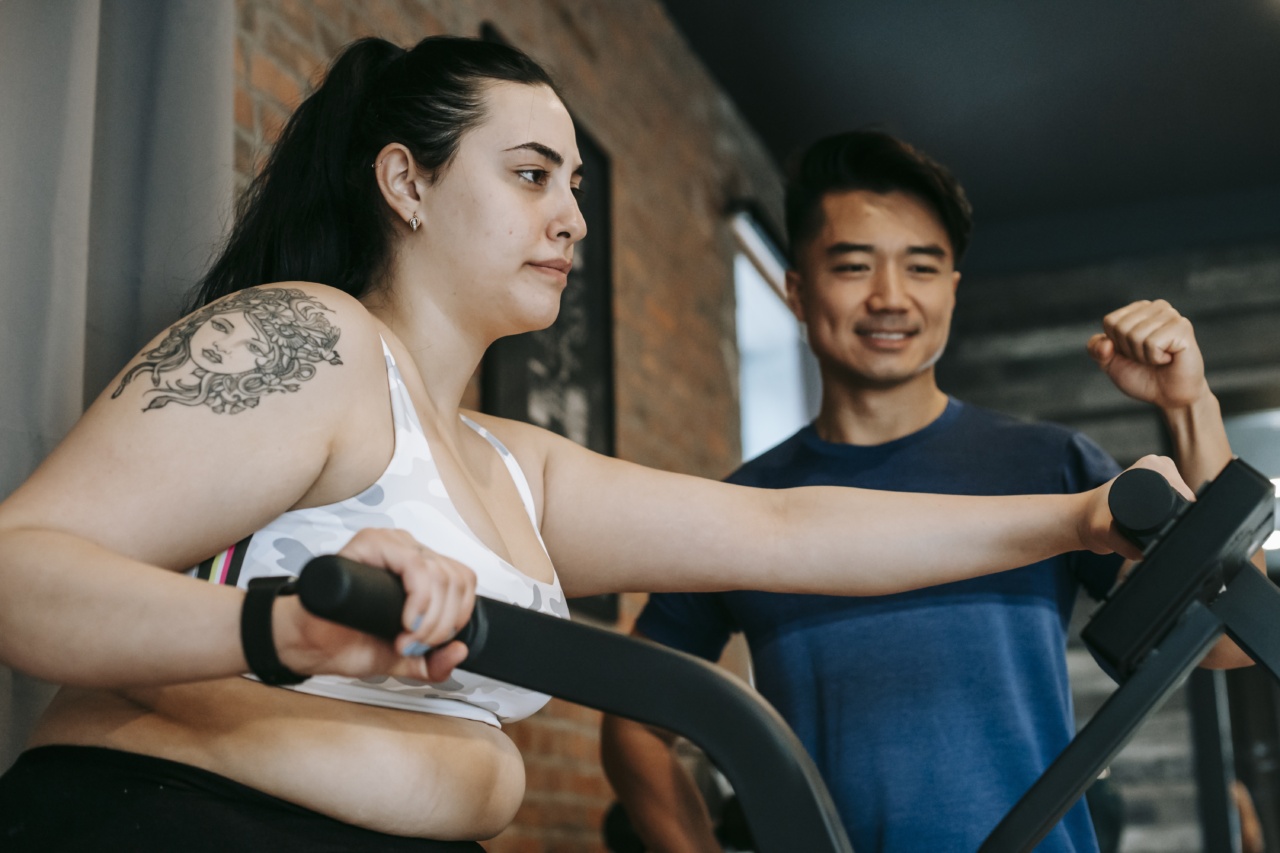Exercising regularly is an excellent way to take care of your heart health. When you exercise, you burn calories, strengthen your muscles, and improve your cardiovascular system, thus reducing your risk of developing heart disease.
But when it comes to burning fat, not all exercises are created equal. Some exercises are better than others when it comes to burning the most dangerous type of fat – visceral fat.
What is Visceral Fat?
Visceral fat is the fat that accumulates around your organs in the abdominal cavity.
Although it’s not visible to the naked eye, it’s the most dangerous type of fat because it can increase the risk of heart disease, diabetes, and other chronic conditions.
Unlike subcutaneous fat, which is the fat that sits under your skin, visceral fat is metabolically active. It releases hormones and chemicals that can cause inflammation, insulin resistance, and other health problems.
Which Exercise Burns The Most Visceral Fat?
According to research, high-intensity interval training (HIIT) is the most effective type of exercise for burning visceral fat.
HIIT is a form of exercise that involves short bursts of high-intensity exercise interspersed with periods of rest or low-intensity exercise.
HIIT can be performed with a variety of exercises, including running, cycling, jumping jacks, or kettlebell swings.
The key is to exert maximum effort during the high-intensity intervals, followed by a recovery period to allow your heart rate to come down before ramping it up again.
In a study published in the Journal of Obesity, researchers found that overweight men who performed HIIT for 12 weeks lost more visceral fat than those who performed moderate-intensity continuous exercise.
The HIIT group also saw improvements in their cardiovascular fitness and insulin sensitivity.
Other Exercises That Can Help Burn Visceral Fat
While HIIT is the most effective type of exercise for burning visceral fat, other exercises can also be effective. These include:.
1. Strength Training
Strength training exercises, such as weightlifting or bodyweight exercises, can help build muscle mass, which can increase your metabolic rate and help you burn more calories throughout the day.
As you lose fat, you’ll also reveal the muscle that you’ve built, which can help give you a leaner, more defined look.
2. Aerobic Exercise
Aerobic exercise, such as running, cycling, or swimming, can help you burn overall body fat, including visceral fat.
Aim to get at least 150 minutes of moderate-intensity aerobic exercise or 75 minutes of vigorous-intensity aerobic exercise per week for optimal results.
3. Yoga
While yoga may not seem like an intense form of exercise, it can be effective for reducing visceral fat.
A study published in the Journal of Alternative and Complementary Medicine found that practicing yoga regularly for 16 weeks led to a reduction in visceral fat and improvements in overall body composition.
Tips for Burning Visceral Fat
While exercise is an important component of reducing visceral fat, there are other things you can do to help the process along. Here are a few tips:.
1. Reduce Your Refined Carbohydrate Intake
Refined carbohydrates, such as white bread, pasta, and sugar-sweetened beverages, can promote fat storage, including visceral fat. Aim to replace these foods with whole, nutrient-dense foods, such as fruits, vegetables, whole grains, and lean proteins.
2. Get Enough Sleep
Lack of sleep can disrupt your hormones and increase your appetite, which can lead to weight gain and visceral fat accumulation. Aim to get at least seven hours of quality sleep per night.
3. Manage Stress
Chronic stress can increase inflammation and promote fat storage, including visceral fat. Find ways to manage your stress, such as through exercise, meditation, or deep breathing.
The Bottom Line
Visceral fat is the most dangerous type of fat, but the good news is that exercise can help reduce it.
HIIT is the most effective form of exercise for burning visceral fat, but other forms of exercise, such as strength training, aerobic exercise, and yoga, can also be effective. Combine exercise with a healthy diet, adequate sleep, and stress management for optimal results.





























